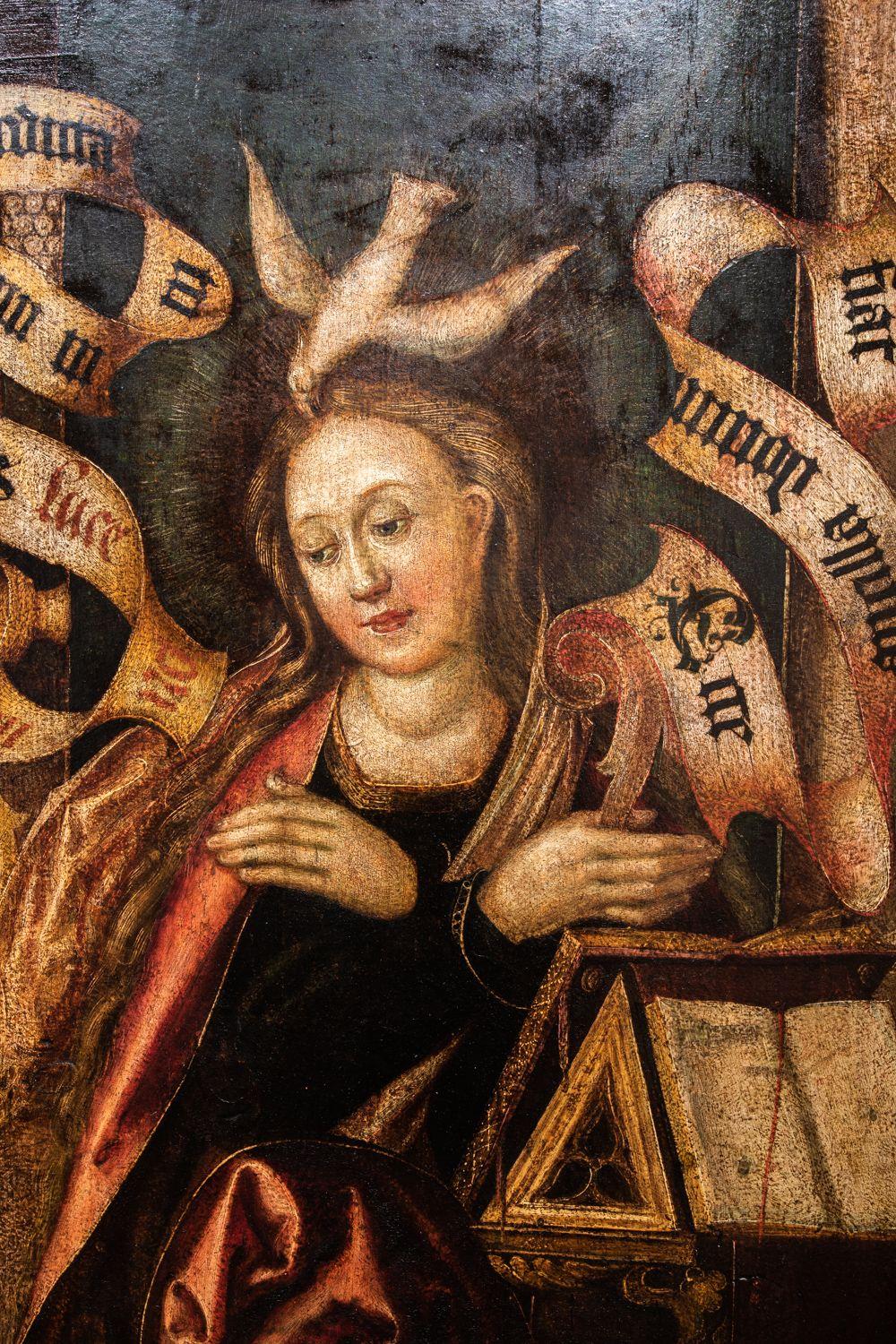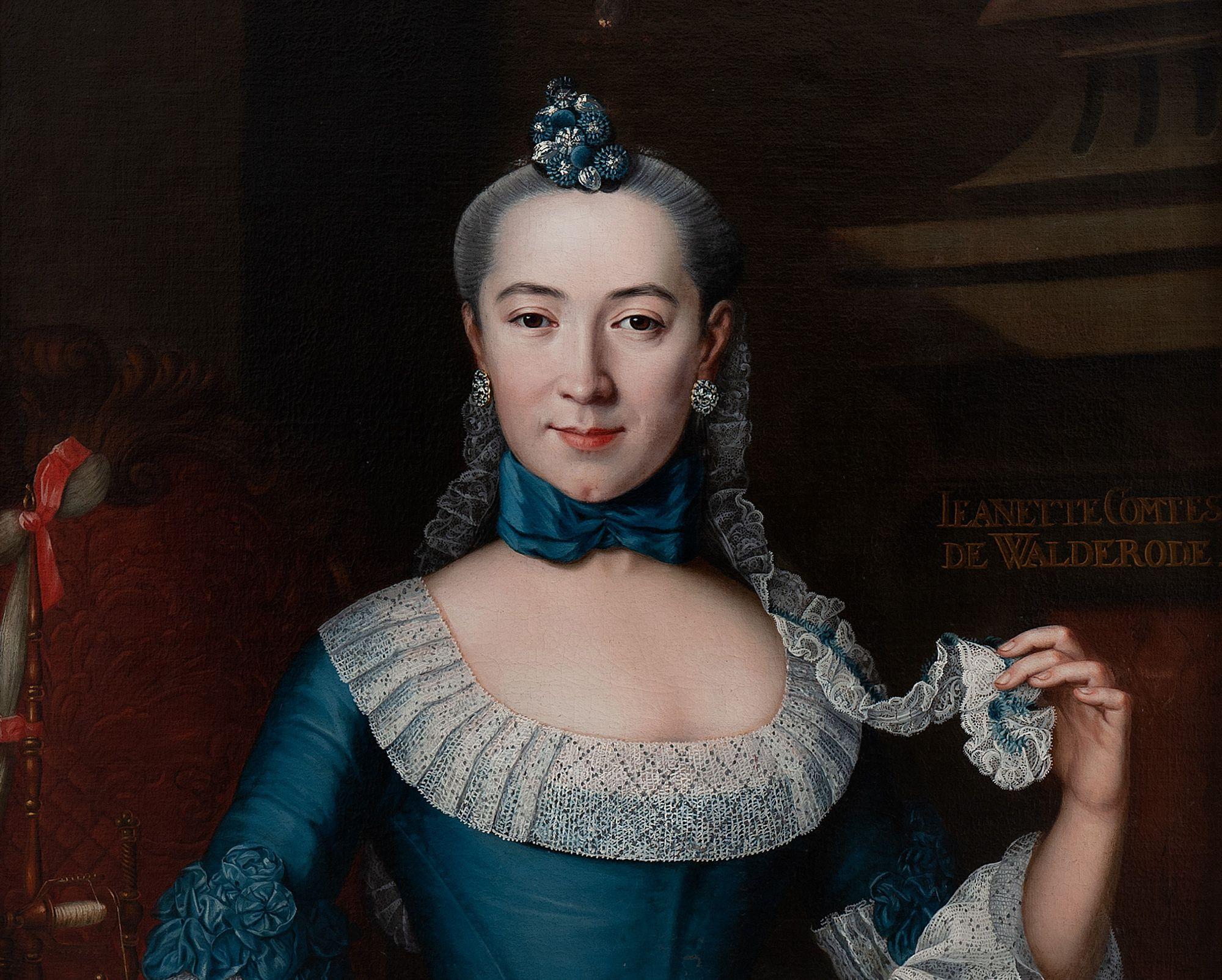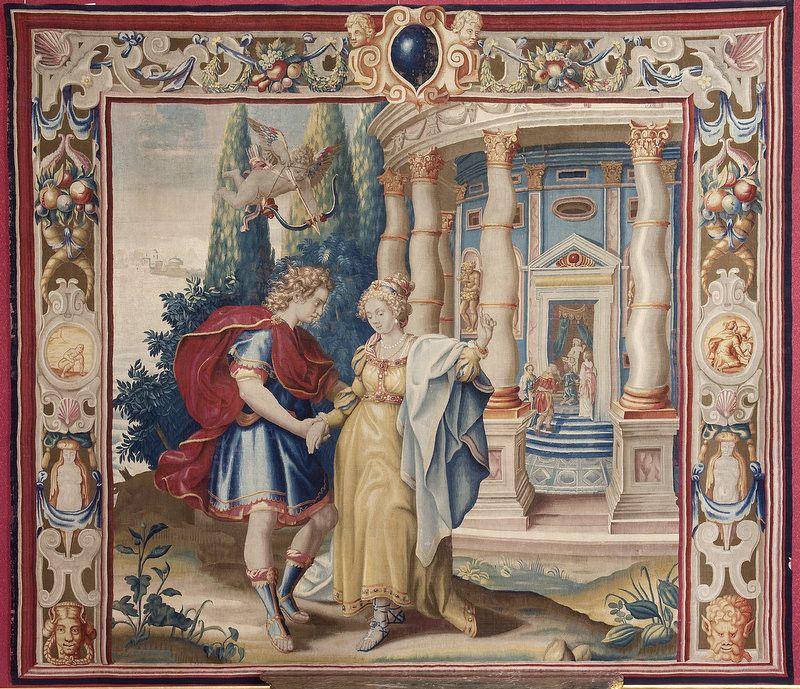Since establishment in 1959 of the Municipal Gallery, 1,100 paintings and almost 350 sculptures have been added to the Collection of pre-1900 Paintings and Sculptures. The gradual expansion focused on the acquisition of quality works of art that over time became an asset to the collections or completed an author's or a thematic series. Importance of the collection is evidenced by how regularly its objects are loaned out for topical exhibition projects in domestic and foreign institutions.
In terms of number of works, the smallest is a collection of objects from the late Middle Ages (16th and 17th centuries) displayed in the Gothic Panel Painting and Sculpture exhibition. Among the most important are collection items from the 18th century, dominated mainly by sacral themes and portraits of rulers and aristocracy. The most prominently represented authors from this period are Franz Anton Maulpertsch, Paul Troger, Franz Anton Palko, Josef Kurtz, Daniel Schmideli, Andrej Zallinger, Franz Xaver Messerschmidt, Andreas Johann Eglauer, and Karl Georg Merville. Numerically, the 19th century is the most represented period in the collection (more than 1,000 works). Portraiture, landscape painting including vedute of Pressburg, and genre scenes dominate. The largest ensembles consist of works by the painter Eduard Majsch and the sculptor Viktor Tilgner. From the perspective of overall profiling, works of authors who came from Pressburg or who operated in the city for a long time are particularly important. Noteworthy are the painters Ferdinand Karl Theodor Lütgendorff, Jakub Marastoni, Friedrich Johann Gottlieb Lieder, C. Károly Pálmai, Georg Fleischmann, and Friedrich Carl von Scheidlin, and the sculptors Jozef Klieber, Ján Fadrusz, and Alojz Štróbl.



